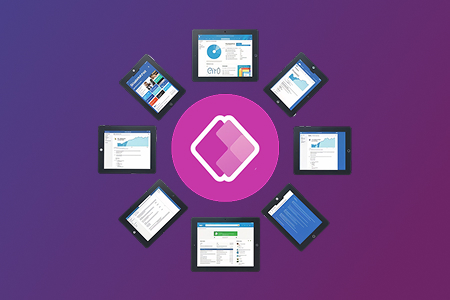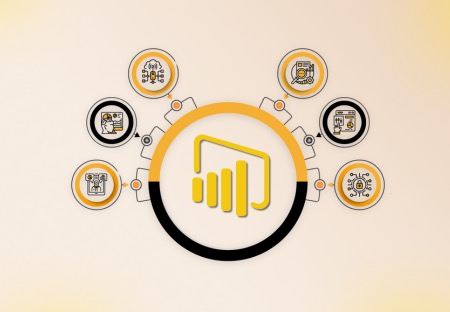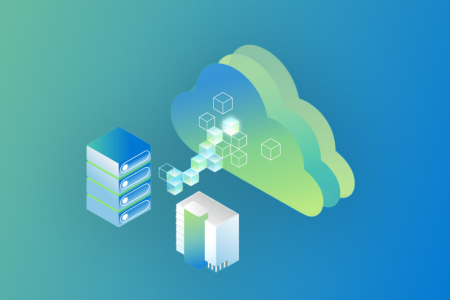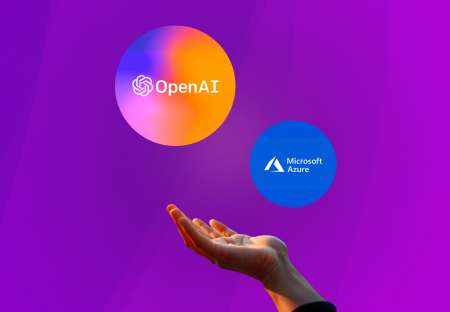Cybersecurity threats are also evolving with advances in technology. As technology advances, so do the methods and techniques used by cybercriminals to breach security systems and steal sensitive information. This constant evolution means that organizations must remain vigilant and proactive in their approach to cybersecurity. Failure to do so can result in devastating consequences such as data breaches, financial losses, and reputational damage. To effectively combat these evolving cybersecurity threats, organizations must invest in advanced cybersecurity monitoring tools and technologies such as intrusion detection and prevention systems, firewalls, and security information and event management systems. They must also train their employees on best practices for cybersecurity and implement strict security protocols to protect sensitive information from unauthorized access.
These threats have become increasingly complex. The rapidly evolving digital landscape makes this imperative for businesses to take proactive measures to protect their assets and ensure their data remains secure. Below is a list of top Cybersecurity Tools to help your business proactively avoid advanced threats like AI-enabled attacks, deep fake phishing, etc. We have selected the tools based on their effectiveness, ease of implementation, and integration with existing systems.
1. Encryption – Crucial Component of Cybersecurity Monitorning Tools
Encryption ensures that data is safe even if an attacker manages to access system resources. The target data breach of 2013 would not have resulted in a loss of $18.5 million for the company.
Top encryption tools like McAfee are popular among business users. McAfee provides full disk encryption for desktops, laptops, and servers. The algorithm uses Advanced Encryption Standard(AES) with 256-bit keys. McAfee AES is certified by US Federal Information Processing Standard. There is also ready integration of multi-layer authentication.
2. Intrusion Detection – Helps identify Potential Information Security Breaches
These cybersecurity monitoring tools identify network traffic to alert you in real time about unusual activities. This helps you identify potential threats and deploy suitable countermeasures. Two types of intrusion detection systems exist: host-based and network-based. Host-based intrusion detection systems guard the specific endpoint where they are installed. Network-based intrusion detection systems scan the entire interconnected architecture using cybersecurity monitoring tools.
Symantec delivers a very good quality intrusion detection system. Introduced in 2003, Symantec Endpoint Intrusion Detection system detected 12.5 billion attacks in 2020.
3. Virtual Private Network – Ensuring Cybersecurity monitoring tools for Users
Virtual Private Networks reroute your connection to the internet via several intermediaries. These systems throw off any tracking requests that originate between you and your target website. The VPN provider’s server reroutes the data and assigns you another IP address, which is unknown to others.
NordLayer Specialist business VPNs are one of the most efficient available VPNs for businesses. It sets up a site-to-site private network between you and your target. The VPN service has dedicated servers that offer uninterrupted access to you at any time. Its servers are evenly spread worldwide and located in 33 countries.
4. Network Access Control – Improve Information Security Posture
Network Access Control is a security solution that restricts network access based on dynamic authentication, compliance, and user information.
Cisco provides industry-leading network access control through Cisco Identity Services Engine (ISE) Solution. Cisco users typically experience a 50% reduction in network access incidents after deployment.
5. Security Information and Event Management – Real-time insights into Potential Cybersecurity monitoring Threats
Security Information and Event Management(SIEM) is a data aggregation tool that collects, analyzes, and reports all security incidents related to that system or network. There are several benefits of using SIEM, such as:
- Event Correlation and Analysis
- Log Management
- Compliance and Reporting
- Trend Analysis
- Advanced real-time threat recognition
- AI-driven automation
- User monitoring
IBM’s QRadar is one of the industry leaders in Security Information and Event Management tools. It gives contextual insights and provides a single unified workflow management.
6. DDoS Mitigation – Detect and Block malicious traffic
DDoS mitigation protects against DDoS attacks. These attacks send large amounts of traffic to the designated website server, which is often higher than its capacity to handle. As a result, the website crashes while the attacker carries out their activities. Such attacks can have serious consequences for organizations, including financial losses, reputational damage, and loss of customer trust. In addition, DDoS attacks can be used as a diversionary tactic to distract security teams while other cyber attacks are carried out, such as stealing sensitive data or deploying malware. Therefore, organizations need to implement robust cybersecurity measures to detect and prevent DDoS attacks, such as intrusion detection and prevention systems, firewalls, and DDoS mitigation services. Such attacks are known as Distributed Denial of Service (DDoS) attacks, which are designed to overwhelm a network or server with traffic, rendering it inaccessible to legitimate users. DDoS attacks are a common cybersecurity threat faced by organizations of all sizes and types.
The largest known DDoS attack was executed with a record 340 Million packets per second on an Azure user. It was mitigated by Microsoft.
Cloudflare is also a leading expert in DDoS solutions and provides cutting-edge solutions.
7. Vulnerability Scanner – Identify potential Cybersecurity Vulnerabilities
A vulnerability scanner identifies known vulnerabilities in a computer system, networks, and applications. They assess the networks using a database of information and report vulnerabilities if any. Finally, security patches are applied to the vulnerability, and the information is updated on the website.
Microsoft Defender is perhaps the most effective vulnerability scanner. It offers built-in tools for Windows, MAC, Linux, Android systems, and network devices.
8. Firewall – Controls Network Traffic based on Predefined Information Security Policies
Firewalls monitor security, both incoming and outgoing, using programmed security rules. They provide a barrier between your business system and the internet. They are employed to secure systems of all scales, be it a personal computer or an on-premise business mainframe.
Firewalls come in several types, such as:
- Unified Threat Management Firewalls (combines multiple security apparatus in one console)
- Next-Gen Firewalls (combines traditional firewalls with IDS, NAC, etc.)
- Software Firewalls(installed on personal computers)
- Cloud-based Firewalls (scalable and flexible firewalls based on the cloud)
Trust Radius lists Cisco ASA as one of the best Enterprise-grade firewalls. The firewall integrates easily with your system.
Conclusion
Managing such a huge array of cybersecurity monitoring tools can be challenging, especially for teams having few members. However, there is a better alternative to hiring new members who need additional training. It is always better to outsource the task to a reliable and experienced cybersecurity service provider. Metaorange Digital, with its certified and experienced cybersecurity experts, can handle your network security using the latest cybersecurity tools in addition to providing responsive 24×7 managed IT support. By outsourcing your cybersecurity needs to Metaorange Digital, you can focus on your core business activities while ensuring that your network remains secure against all potential threats. Our optimization protocols can help you extract the most out of your budget, allowing you to invest in other critical areas of your business.
Schedule a free 15-min discovery call now!
Learn More: Cloud Transformation Services Of Metaorange Digital











